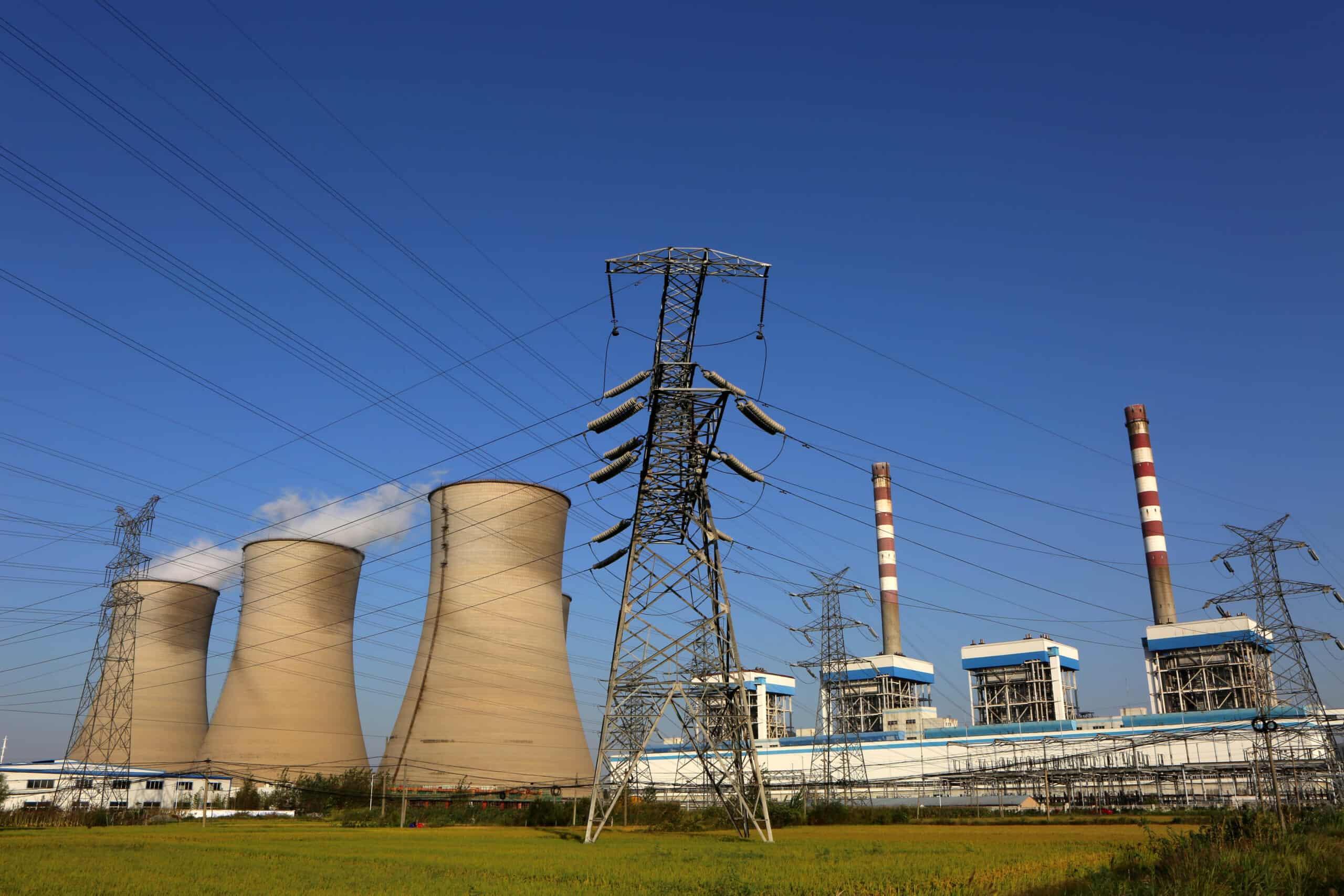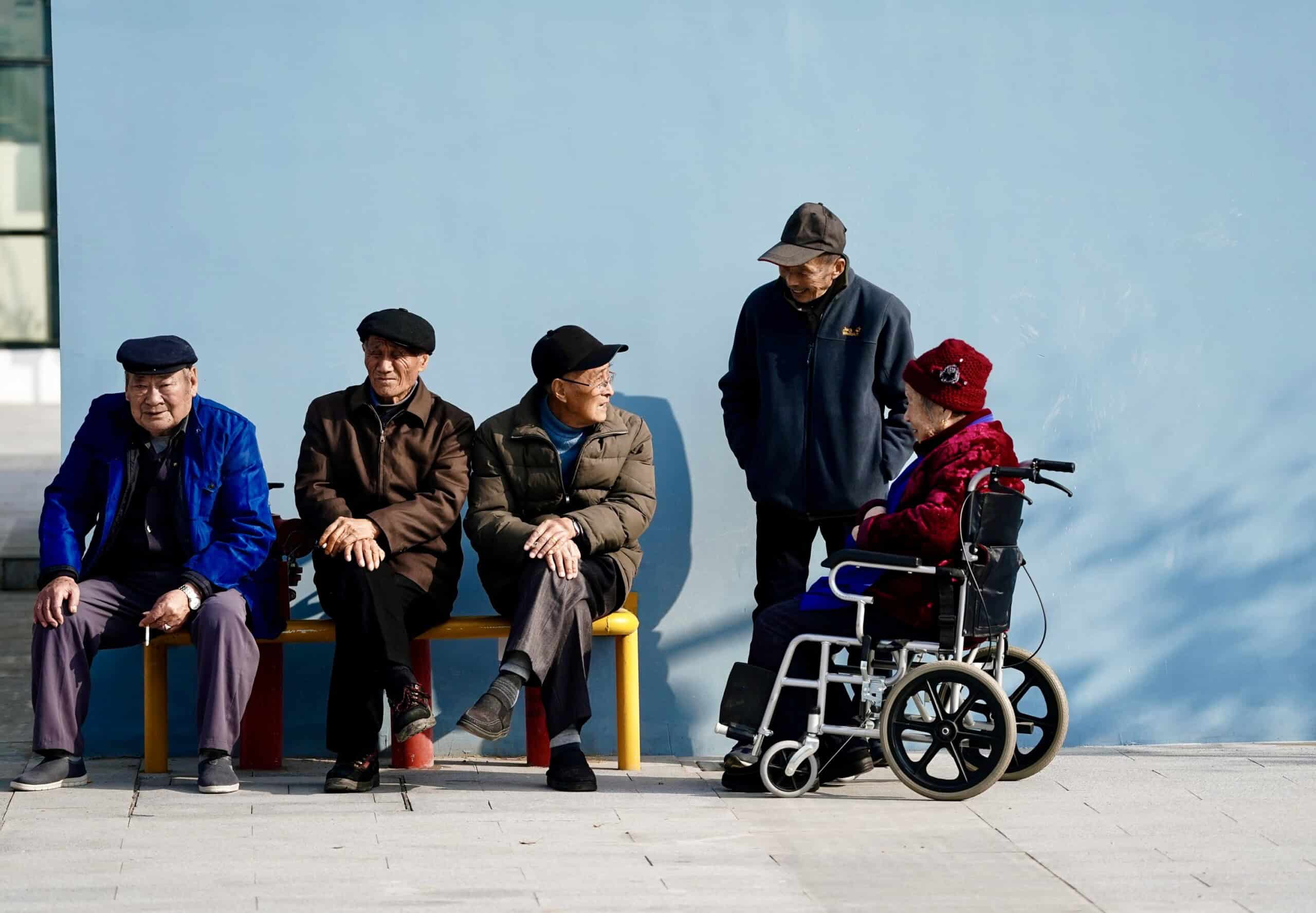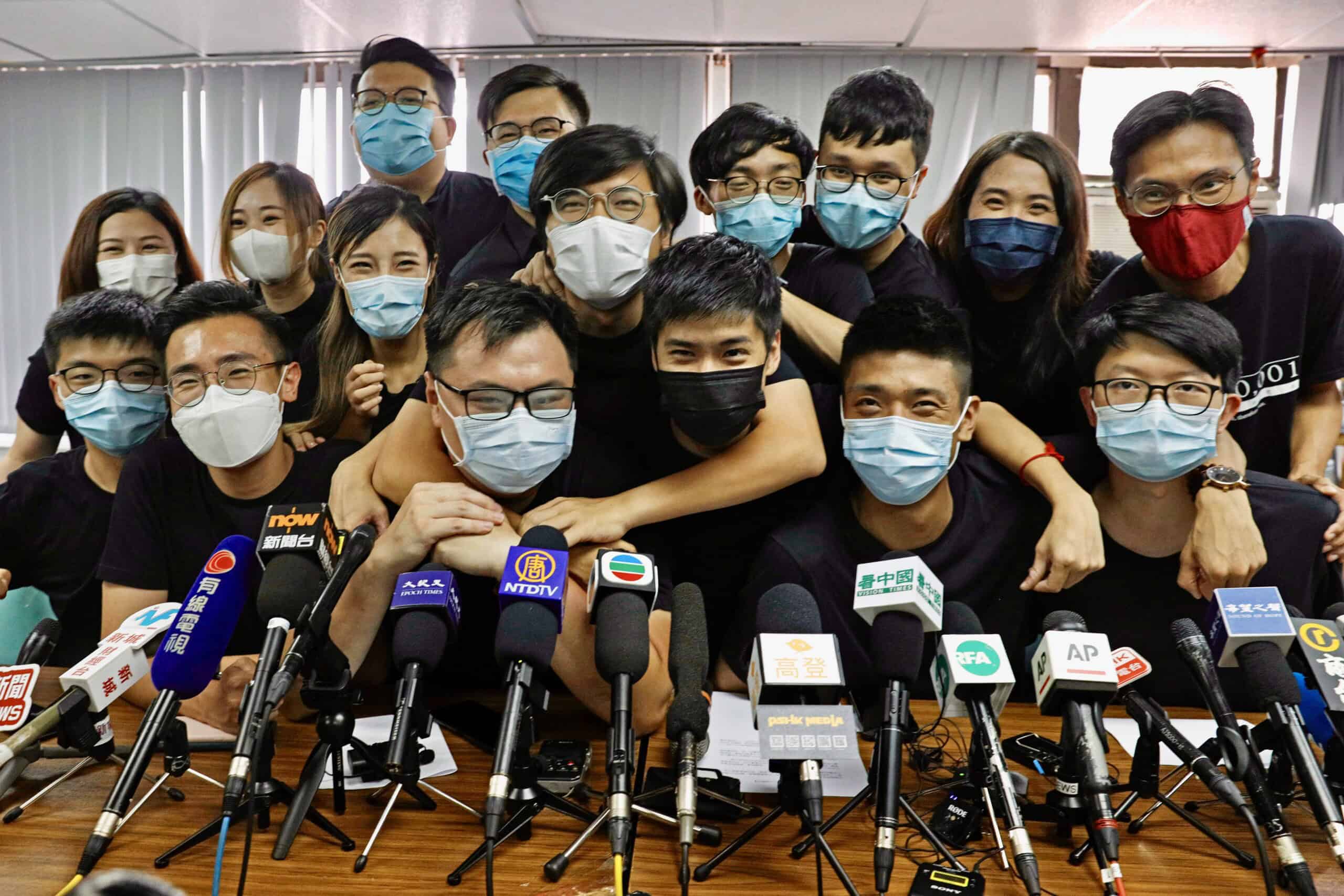
Is coal having a revival in China? News that two state-owned energy companies have begun construction of a coal plant in Xinjiang is the latest evidence suggesting the country is reverting to the polluting energy source, following a summer of power shortages.
Last month alone, China approved or began building 17 new coal power stations, according to domestic industry media, while permitting for coal power plants accelerated in the first half of 2022, according to a recent report by the Centre for Research on Energy and Clean Air (CREA), a Helsinki-based think tank, and Global Energy Monitor (GEM) in San Francisco.
Experts say Beijing’s desire to meet its long-term commitments to decarbonize its economy — coupled with the coal industry’s poor economics and the rise of renewable energy — still means coal will continue shrinking as a share of China’s energy mix. The question posed by these new coal investments is by how much, and how fast.
“The economics of coal power in China are lousy,” says Edmund Downie, an expert on decarbonization pathways in China and India at Princeton University’s School of Public and International Affairs. “When the provinces say ‘we want to approve a bunch of projects,’ the financial picture for those projects is, to me, very unclear.”
There are many options to manage peak demand in a place like China, where you have a lot of diverse renewables and a huge transmission network… China is taking the wrong lesson from the power shortage experiences.
Michael Davidson, from the University of California San Diego.
Coal has long played a dominant role in China’s energy mix, thanks to the country’s abundant reserves of the carbon-intensive fuel source. But over the last decade, a policy push to reduce air pollution and carbon emissions has seen its share fall from 77 percent in 2010 to 63 percent in 2021.
China’s 13th Five Year Plan, which was ratified in 2016, embedded the first official target to reduce coal’s share in the country’s overall energy mix. Since then, the government has set targets for carbon emissions to peak by 2030, and for China to hit net zero by 2060. Achieving both aims will require a dramatic reduction in coal use, a fact Xi Jinping implicitly acknowledged in April last year when he announced that China would strictly control coal power projects and phase down coal consumption from 2026.
In recent years, however, Beijing has sent mixed messages about coal. In 2019, against a backdrop of U.S.-China trade tensions, Premier Li Keqiang reaffirmed its energy security benefits, and pushed for accelerating coal projects — a stark contrast to his address three years earlier, which had touted China’s renewable future.
Then, after power shortages ravaged China in 2021, the State Council noted in its year-end economic planning meeting that coal would remain a “mainstay” of China’s energy mix, according to state media. Global energy price volatility triggered by COVID-19 supply challenges, and escalated by Russia’s invasion of Ukraine — alongside further power shortages in China this year — only affirmed this approach. In March 2022, Xi Jinping told an audience China was “rich in coal, poor in oil and short of gas,” and “could not part from reality.”
“I think [these events] brought coal back to the forefront,” says Michal Meidan, director of the China Energy Programme at the Oxford Institute for Energy Studies. “The thinking in some quarters in China — or at least the rhetoric — is that you have to build coal to have enough supply.”
But Meidan and others say that more coal power isn’t actually a logical solution to China’s energy security challenges. One economically and environmentally efficient way to keep the lights on in times of stress would be to facilitate more flexible, short-term energy trade between individual Chinese provinces.
“There’s this fortress mentality,” says Meidan. “Every province wants to have its own energy security and make sure it can deliver.” The result of this phenomenon is overcapacity: rather than sharing energy efficiently, provinces build up excess coal power to secure their own region’ supply, making it harder for each individual plant to turn a profit.
“There are many options to manage peak demand in a place like China, where you have a lot of diverse renewables and a huge transmission network that can manage supply and demand over vast distances,” says Michael Davidson, an expert on China’s energy system at the University of California, San Diego. “China is taking the wrong lesson from the power shortage experiences.”

The rapid rise of renewables in China’s power mix is another cloud over coal’s future: media outlets in China have compiled provincial renewable targets to show that China could build nearly 900 gigawatts of renewable energy capacity between 2021 to 2025. That’s more than 25 times higher than what the U.S. built in 2021.
“This is really going big,” says Lauri Myllyvirta, lead analyst at CREA. “It’s reaching the scale that is needed for China’s emissions to peak and decline before 2025 if these targets are met, and of course bringing the moment of reckoning closer for coal power.”
But that depends in part on how well the government can integrate renewables into China’s electricity grid, and how it manages loss-making coal power plants.
Chunping Xie, a senior policy fellow at the London School of Economics and Political Science, says that renewable integration has “always been an issue” for China. In many countries, electricity sources like coal, gas or renewables are ‘dispatched’ to the grid on a cheapest-first basis, which tends to advantage low-cost wind and solar. In China, though, generators are generally allocated a set share of the required electricity, resulting in a system that artificially boosts the role of coal.
The government has an incentive to retain elements of a coal-centric model to pay for its large fleet of relatively young generators, and soften the blow of a phasedown in the sector, which supports an estimated 2.7 million jobs. Jorrit Gosens, an expert on China’s energy system at the Australian National University, says “coal-fired plants will either need to make money by generating power even if they’re not needed, or the government will have to step in and give them taxpayer money for free.”
The problem is, China doesn’t need ‘more of everything’ at this point. It just needs ‘more rational’ everything. And that’s just harder to do than building more coal plants.
Cory Combs, an associate director at Trivium.
Paying power producers to sit idle as backup generation for when renewable energy sources are unavailable — known as a capacity mechanism — is an approach with international precedent, although many countries that employ it effectively exclude coal plants from participating via emissions limits. China has been considering a mechanism focused on coal plants since at least 2019, but so far, it’s yet to be universally implemented.
The question is how large Beijing’s appetite for that kind of support will be. Generators themselves are already sizing up a smaller role for coal in future: according to the CREA and GEM report, construction starts and completions declined even while permitting accelerated this year.
For now, in the context of volatile international energy markets, Beijing seems to be encouraging an ‘all of the above’ approach to energy security that involves both renewables and coal. The new coal plant in Xinjiang, for example, will be accompanied by large wind and solar installations.
In Xi’s two-hour opening address at the 20th Party Congress on Sunday, he reaffirmed China’s commitment to climate action while promoting “clean and efficient use of coal.”
“The problem is, China doesn’t need ‘more of everything’ at this point,” says Cory Combs, an associate director at China-focused policy analysis firm Trivium. “It just needs ‘more rational’ everything. And that’s just harder to do than building more coal plants.”

Isabella Borshoff is a staff writer based in London. Previously, she worked as a climate policy adviser in Australia’s federal public service. She earned her Master’s in Public Policy at Harvard’s Kennedy School. Her writing has been published in POLITICO Europe. @iborshoff



